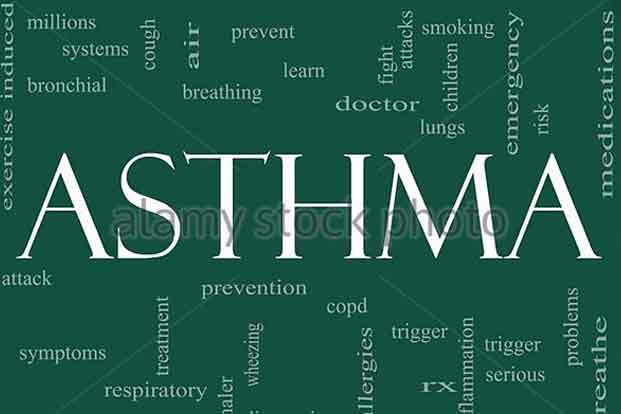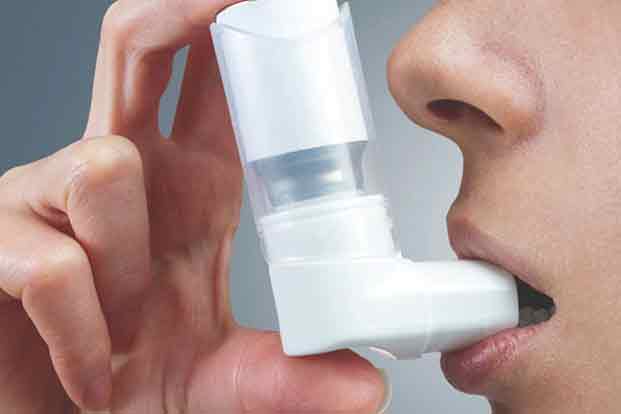Air Pollutants affect the Health of Children

Apr 19, 2022
Air-pollution is one of the main environmental threats that can adversely affect your child’s health. Its effect on children is better known now-a-days, with the rising incidences of asthma, irritable eyes and compulsive coughing. However the tragic aspect is that even with the rising incidences, there has been no significant change in the behavior of the general public. They show no respite or steps to stop air pollution and the majority still is unaware o the ill effects that air pollution can cause on the health of a small child.
Children – the future of tomorrow are the most vulnerable to air pollution effects:
Children are more vulnerable to air pollution because of-
- Immaturity of immune and respiratory system – A child’s organs including its lungs don’t develop fully until they reach their teens. Studies have shown that developing organs are more sensitive to the toxic effect of air pollutants.
- Children breathe more air per kg of body weight (50%) than adults – Children indulge in outdoor activity for a longer time where air pollutants are relatively higher.
- Children are not able to perceive initial symptoms that should act as warning signs for imminent problem.

Air pollutants affect the health of children:
A large no. of studies showed association between criteria air pollutants and childhood morbidity and mortality. Criteria air pollutants consist of six air pollutant that are regulated on the basis of their potential to cause adverse health effect i.e ozone, Particulate matter (PM), Nitrogen dioxide, Sulphur dioxide, Carbon monoxide and Lead.
High level of criteria air pollutants has been associated with adverse pregnancy outcome including premature birth and IUGR baby. There is association between criteria pollutants and cardiac defect. Exposure to carbon monoxide is associated with VSD and ozone exposure is associated with aortic/pulmonary artery and valve defect.
Exposure to criteria air pollutants are associated with increased incidence of asthma related symptom, hospitalization and school absenteeism.
Environmental contaminants especially heavy metals adversely affects development of nervous system and behaviour of children. There is strong evidence of exposure to lead and cognitive impairment, anaemia.
There is increased risk of vitamin D deficiency rickets because UV light reaching the ground is inversely related to level of air pollution (haze).
Research to back how air pollution affects children:
Impact of air pollution on large number of Delhi kids was studied in 2010-11. It showed 1.8 times more upper respiratory illness (sinusitis, sore throat, common cold and fever) and 2 times more lower respiratory illness (wheezing child, breathlessness during exertion, chest pain and tightness of chest, sleep disturbances due to breathing problem) .
Respiratory symptoms are more prevalent among low socioeconomic group and in winter when particulate matter are highest. They had shown reduction in lung function significantly in Delhi kids and more so in girl child.







